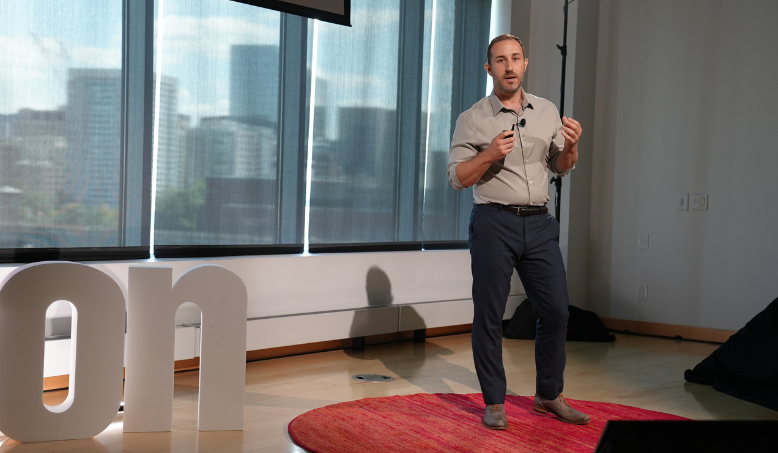In today’s marketing landscape, personalization has become a dominant strategy. Companies are using vast amounts of data to deliver hyper-relevant content to consumers, aiming to meet their specific preferences and needs. While this approach is highly effective in many ways, there’s a growing recognition that it has its limitations. Personalization can fulfill consumers’ expectations, but it can also lead to predictability, missing the element of wonder that truly memorable experiences offer.
This is where the psychology of surprise and serendipity comes into play. Serendipity introduces an element of surprise, offering unexpected and delightful encounters that personalization often cannot. In a world where consumers are accustomed to getting what they want, serendipity may be the key to creating deeper emotional connections and lasting brand loyalty.
The brain’s search for meaning
At its core, serendipity is about the brain’s drive to find meaning, even in the midst of incoherent events and experiences. Our brains are wired to seek patterns and connections, making sense of the world around us. This tendency is so strong that we often see meaning where none objectively exists, like spotting familiar shapes in clouds or seeing faces in everyday objects—a phenomenon known as face pareidolia.
This pattern-seeking behavior is deeply embedded in the brain’s architecture. The fusiform gyrus, a region specialized for facial recognition, helps us interpret faces and expressions. When something ambiguous—like a shape in the clouds—remotely resembles a face, the brain jumps to fill in the details, creating a meaningful perception. This same process applies not just to visual stimuli but also to events and encounters in our daily lives.
When we experience something unexpected, like running into an old friend in a distant city, our brains work to find meaning in that coincidence. It feels like more than chance; it feels like serendipity. This sense of “fate” or “destiny” gives the experience greater emotional weight, making it more memorable and significant.
Personalization vs surprise
While personalization satisfies a consumer’s desire for relevance, it can become predictable. When a brand knows exactly what you want and delivers it repeatedly, the experience starts to lose its novelty. It’s like pressing the same button over and over again—each result is satisfying, but there’s little excitement left.
Serendipity, on the other hand, offers a sense of wonder. When something unexpected happens—especially when it feels meaningful—it triggers a different emotional response. It’s the difference between receiving a pre-selected product recommendation and stumbling upon a discovery you weren’t expecting but love. That surprise factor makes the experience feel special and unique.
The power of surprise and serendipity in marketing
So, how can brands use the power of serendipity? One of the key ways is by designing for surprise. While personalization helps guide consumers toward what they already want, serendipity can create new desires by offering something unexpected.
Consider a study from The Journal of Marketing which showed that giving customers a small gift in an unexpected setting, like a piece of chocolate in a bank lobby without explanation, produced a stronger emotional response than when the same gift was given in a more predictable setting like a candy store. The combination of enjoyment, surprise, and the absence of a clear reason for the gift triggered a sense of serendipity.
By incorporating these elements—enjoyment, surprise, and ambiguity—into marketing strategies, brands can create memorable experiences that stand out in consumers’ minds.
There are several ways brands can incorporate serendipity into their customer interactions. Pop-up events, surprise rewards, or collaborations with unexpected partners are all great ways to introduce the element of surprise. These experiences go beyond just meeting a consumer’s needs—they create moments of wonder and delight that feel spontaneous and unplanned.
Another approach is to cultivate curiosity. Brands can design experiences that encourage consumers to explore without knowing exactly what they’ll find. This taps into our brain’s desire for discovery and leaves room for serendipity to take hold. A marketing campaign that hints at surprises or offers mystery gifts can spark curiosity and lead to stronger emotional engagement.
As personalization becomes more widespread, the brands that stand out will be those that can create experiences of serendipity—moments that feel meaningful and surprising. These experiences tap into the brain’s natural desire for wonder and connection, leading to deeper emotional bonds with the brand.
In a world where technology can increasingly predict and deliver exactly what we want, serendipity reminds us that sometimes the best experiences are the ones we didn’t expect.


